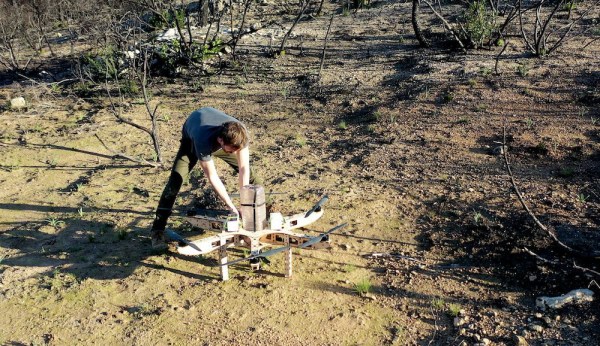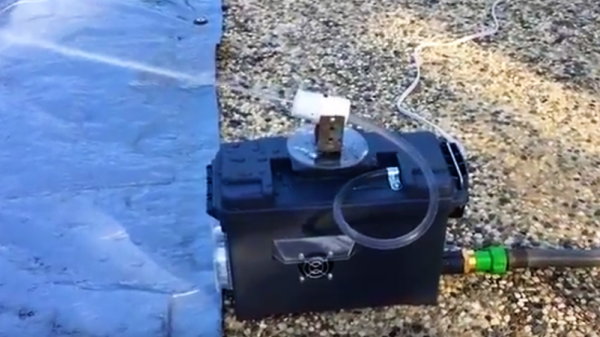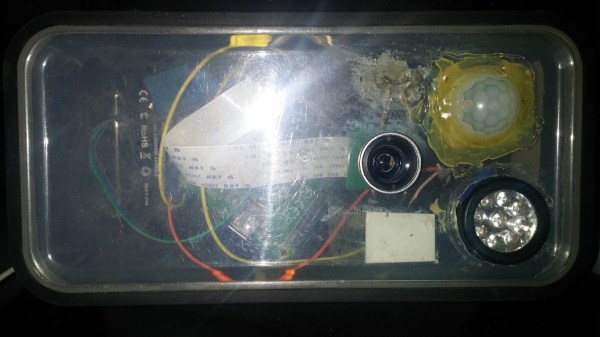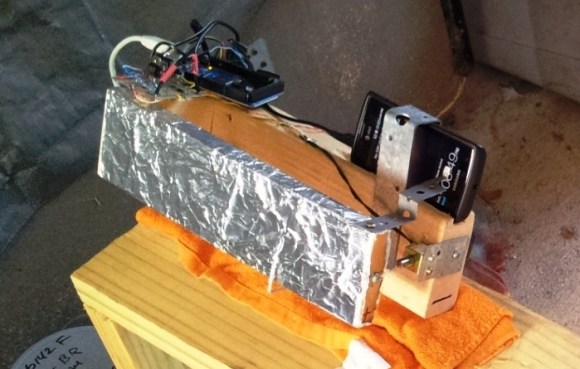Ultrasonic repellent devices used to keep away insects, rodents, birds, and even large animals have been around for quite a while, but their effectiveness depends on who you ask. Some critters just don’t seem affected, while some others definitely will avoid being around such a device. Deploying a few of these devices to scare off animals seems to be working quite well for [Ondřej Petrlík]. Around where he lives, the fields of tall grass need to be mowed down during the spring. Unfortunately, the tall grass is ideal for young, newborn animals to stay hidden and safe. The mowing machines would often cripple and hurt such animals, and [Ondřej] desperately wanted to solve the problem and prevent these mishaps.
He built an electronic repeller to keep away wild animals and their young from his farm/ranch/range back in the Czech Republic. He used an Arduino Mini to drive a large piezo transducer to scare away the wild animals from the vicinity of the device. He likely used a high enough frequency beyond human range, but we’ll know more when he publishes his code and details. There are also a few large 10mm LED’s – either to visually locate the device or help drive the animals away in conjunction with the ultrasound, with an LDR that activates the LEDs at night. Using the Arduino helps to turn on the transducer at random intervals, and hopefully, he is using a range of different frequencies so the animals don’t become immune to the device.
His first prototype was cobbled together using vanilla, off the shelf parts. An Arduino, a step up converter, an LDR, a couple of LEDs, a reed switch for powering it on via a magnet, and a large ultrasonic transducer, all powered by three alkaline AA batteries. He stuffed it all inside a weatherproof molded enclosure, holding it all together with a lot of hot glue. This didn’t make it very rugged for the long-term, outdoor field use. While the prototype worked well, he needed several of the devices to be placed all around his farm. To make assembly easy and make it more reliable, he designed a custom PCB to fit in the weather proof enclosure. This allowed him to easily mount all the required parts for a more reliable result. His project is still a work in progress, so if you have worked with these types of ultrasonic repellent devices to keep away animals, and have any insights that may help him, do chime in with your comments. [Ondřej] seems pretty satisfied with the results so far.

























